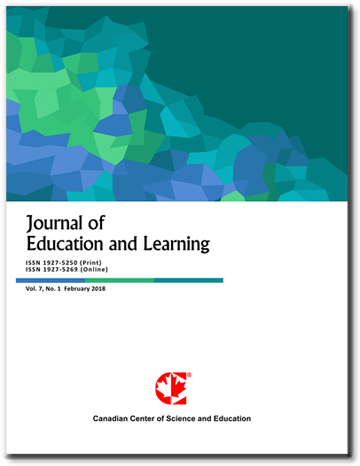Critical Thinking in the Classroom: Faculty Perspectives and Practices
- J. Silva
- J. Edmond
- C. Jauregui
Abstract
This research paper explores critical thinking in higher education from the instructors’ perspective. A customized survey examined how educators perceive, integrate, and evaluate critical thinking within their courses. Using Bloom’s Taxonomy, analysis, and discussion will focus on the views of faculty from various disciplines in a mid-size southeastern university on critical thinking and teaching. The study found that faculty believes they are incorporating critical thinking in their courses and that critical thinking is an essential skill; at the same time, they believe critical thinking is not happening in their classroom. Students’ lack of motivation and understanding of what critical thinking is and how to assess it are some barriers laid out by faculty to justify why they have difficulties incorporating it in the classroom. The lack of a consensus on a definition and not having a standardized assessment tool make the issue even more difficult. In addition, faculty also believe that lack of training and time are significant contributors to worsening the problem. In conclusion, a clear definition of critical thinking and how it should be taught and assessed is needed. In addition, faculty need time and support to develop and integrate critical thinking skills into their teaching.
- Full Text:
 PDF
PDF
- DOI:10.5539/jel.v14n3p1
Journal Metrics
Google-based Impact Factor (2021): 1.93
h-index (July 2022): 48
i10-index (July 2022): 317
h5-index (2017-2021): 31
h5-median (2017-2021): 38
Index
Contact
- Grace LinEditorial Assistant
- jel@ccsenet.org
